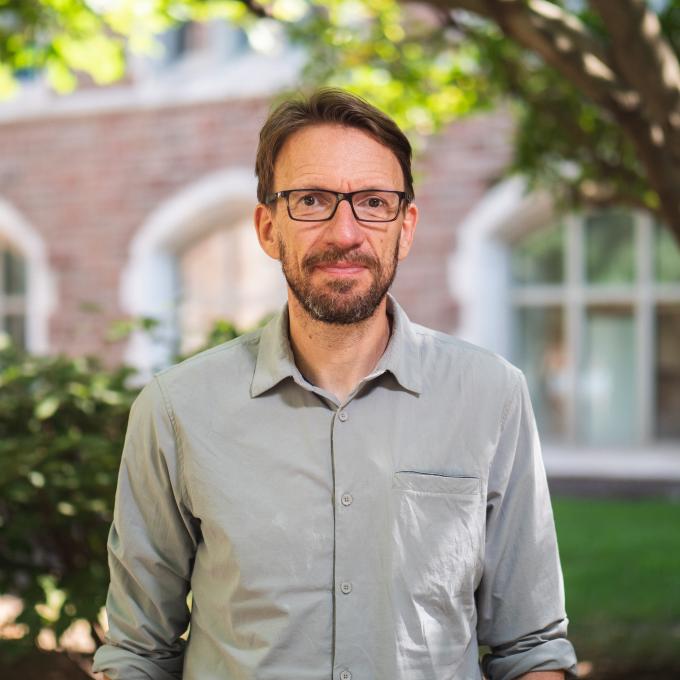Fall Semester
Gateway Expeditions into Exoplanets, Physics 1210
Discovery and characterization of planets beyond our Solar System have transformed our view of the cosmos and our home planet, Earth. These alien worlds, referred to as exoplanets, are opportune cosmic laboratories for improving our understanding of the formation of planets and the origin of life. Many of these worlds are highly dissimilar to those in our Solar System, requiring significant paradigm shifts in modeling the physical processes that govern them. In line with this rigorous exploration, exoplanet research has recently become a significant branch of astrophysics. Gateway Expeditions into Exoplanets is a new introductory, non-calculus course that provides an introduction to exoplanets, covering their formation and evolution, diverse properties, and potential to support life. The course includes assignments and a class project featuring data analysis and modeling in exoplanet research, a student-led tournament between exoplanets called ExoCup, occasional Socratic discussions in an inverted classroom setting, and a trip to Yerkes Observatory to witness the history of developments in astronomy leading to the exoplanet revolution. The course will function as the first part of a new Ampersand Program, "Gateway Expeditions into Exoplanets and Black Holes," and is the non-calculus version of the advanced exoplanet course, Physics 3330/5330, first taught in Fall 2023.
Spring Semster
All About Black Holes, Physics 1001
Black holes are the Universe’s most extreme objects: they are so massive and compact that gravity bends space and time into a knot. The signature property of a black hole is that you can get in, but not out. In this first-year seminar, we discuss what is currently known about black holes, starting from Einstein’s theories about space, time, and gravity, through the first observational evidence for black holes, to the latest images of the shadows cast by black holes taken with the largest telescopes on earth. This class is designed to bend your mind when figuring out why clocks run slower when approaching the edge of a black hole, what could be at the center of a black hole or even at the other side. At the same time, we will discuss the inner workings of the most advanced telescopes that astronomers have developed to study black holes, and the strategies astronomers employ to develop ever more sensitive instruments. Also expect a fair bit of astronomy in this class, when we discuss how black holes form, when and how they grow, and which roles they play in cosmic eco-systems such as the Milky Way Galaxy. This seminar adopts a flipped class/socratic discussion structure. The students are asked to read a wide variety of texts, including texts from the current literature, and to present and to discuss some of the material in class. The class assumes no background in math; at the same time, we will discuss some of the math that brings Einstein’s theories of space and time to life.


